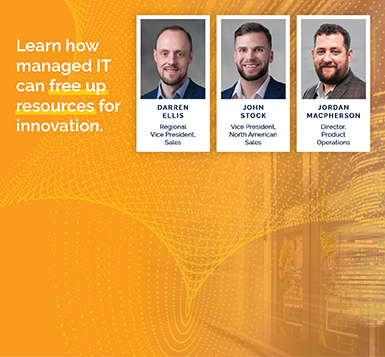The top 10 hints for reaching a multi-‘Cloud 9’
Park Place Hardware Maintenance
Overwhelmed? Multi-cloud remains complicated.
At the most basic level, nearly every company now uses SaaS systems from different cloud providers. Hybrid private/public clouds are also becoming the preferred option for enterprises, and these networks are inherently distributed. This means most organizations are currently dealing with the challenges of managing networks and services from multiple vendors. They’re having multi-cloud headaches.
We all want complicated, hybrid environments to act like a single system. So what’s a cloud management professional to do? Here’s a compilation of expert tips for succeeding with multi-cloud:
- Understand the business needs. Focusing on why the business relies on this cloud-based CRM solution and needs that provider for big data analytics will enable better decisions. Also keep in mind that, despite they hype, there’s no need to put everything in the cloud all at once—or ever. It’s more appropriate to develop different goals for business units or applications, pointing the IT organization at where cloud will be value-add. This involves working from the network up, not from the cloud down.
- Integrate teams. Traditional siloes no longer apply in the multi-cloud era. Server, storage, network, security, operations, and development all need to work together.
- Define natural transition times. Moving a relatively new in-house application to the cloud may not make sense. An older application ready for an overhaul? That one might be able to go cloud-native. There’s a lot of benefit in taking the easy route.
- Remain user-centric. Understanding how users engage with applications—and how they want and need to do so—can provide insight into existing cloud services and emerging opportunities. Look at how users are accessing specific services (e.g., via desktop or mobile), for what reasons, and for how long. What works and what are their pain points? Auditing users’ access can also identify when multiple providers are performing the same function so redundancies can be eliminated.
- Build for self-service. Empower developers to get the computational power they need and marketing professionals to build trial campaigns in the cloud with easy-access services that go through IT. Doing so will cut down on “shadow IT” and improve visibility and governance of all cloud usage.
- Choose vendors and products carefully. Problems are to be expected, so look for partners willing to work with you. All the better if they can guide you toward the proper offerings, not just the ones most profitable for them. Taking VMware for example, there is the Enterprise Hybrid Cloud for traditional apps and Native Hybrid Cloud for microservices-based apps. Using the right one is key.
- Automate & standardize Get humans out of the way whenever possible by automating the monitoring, maintenance, and other tasks of multi-cloud, and even consider outsourcing whatever you can. Also be sure to use the same policies for workloads, data storage, etc., for each environment. One configuration applied across platforms is easier to update, automate, and move.
- Track it all. TCO in the cloud can be hard to figure. It’s vital to keep a list of services and regularly evaluate the cost-benefit compared with alternatives. Network issues will also arise, so tracking performance can help target root causes and make the fix process less of a hunting expedition. Nirvana is a single-pane view covering downtime, error alerts, usage rates, and so on.
- Foresee the end. Design a generic end-of-life procedure for phasing out a cloud service. It should ensure user accounts and subscriptions are deleted, company data is returned, and providers don’t retain confidential information.
Sound overwhelming? Multi-cloud remains complicated. One of the best ways to make room in the budget and on the agenda is to move non-strategic tasks off the IT team’s plate. Third party maintenance of private cloud, on-premises systems, and co-located assets is a tool that can help reduce the endless multitasking and bring the focus necessary to be effective in multi-cloud deployment and management.



